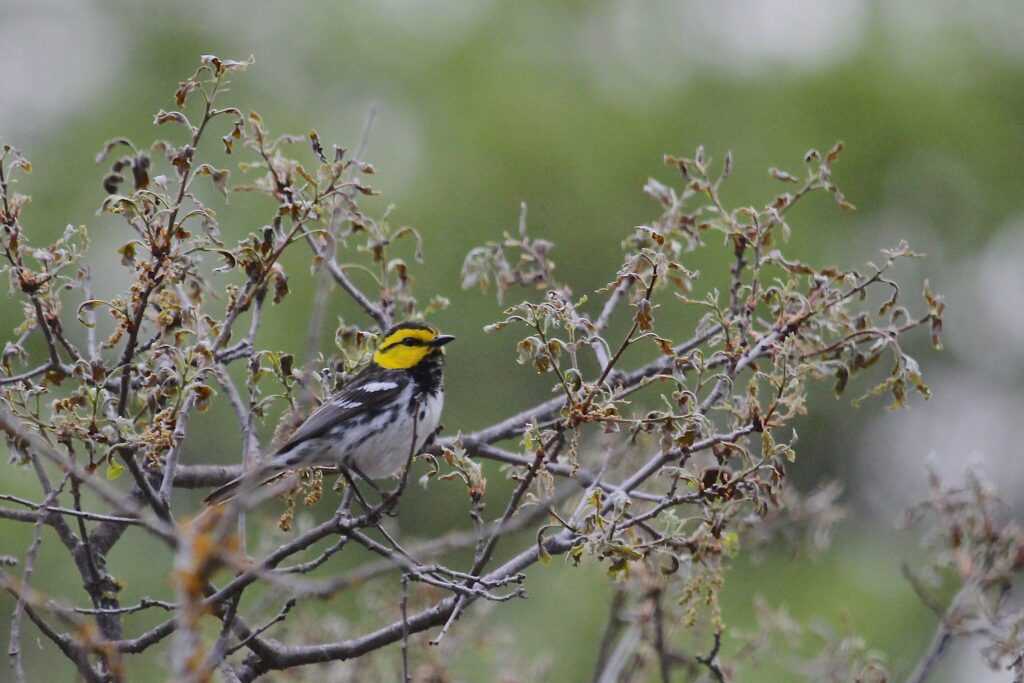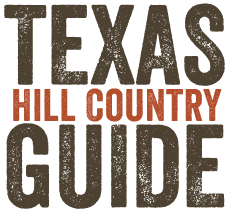
Your Guide to Texas Hill Country’s Feathered Friends
The Texas Hill Country offers a vibrant tapestry of habitats that host an array of bird species, making it a premier destination for birdwatchers. Rolling hills, meandering rivers, and lush woodlands provide an ideal backdrop for both migrating birds and year-round residents. Beginners and seasoned birding enthusiasts alike can revel in the thrill of spotting colorful warblers, hearing the melodic calls of the Eastern Bluebird, or catching a glimpse of the majestic Golden-cheeked Warbler, a species endemic to this region.
Birdwatching in the Hill Country is an accessible hobby for all age groups and skill levels. With just a pair of binoculars and a local bird guide, anyone can begin their journey into the world of avian observation. Many parks and nature reserves offer well-marked trails and viewing platforms that enhance the birdwatching experience while ensuring minimal disturbance to the wildlife.
A guide to the most common species empowers birdwatchers to quickly identify the feathered friends they encounter. Learning about bird behaviors, migration patterns, and ideal spots for observation further enriches the experience. With patience and a keen eye, birdwatchers can compile an impressive list of sightings while enjoying the natural beauty that the Texas Hill Country has to offer.
Birdwatching Basics
Birdwatching in the Texas Hill Country offers serene landscapes and the chance to observe a diverse array of bird species. This section will provide newcomers with the essential knowledge to embark on birdwatching adventures.
Getting Started with Birdwatching
For those new to birdwatching, understanding the local environment and bird habits is crucial. One should begin by familiarizing themselves with the geography of Texas Hill Country—a mixture of grasslands, oak savannas, and riverine areas that attract various bird species. Beginners are encouraged to learn about common birds they might encounter, such as the Painted Bunting, Black-capped Vireo, and the Golden-cheeked Warbler.
To assist with identification, they can acquire a regional bird field guide, which contains images and information on the species in the area. Observing birds requires patience and stillness; finding a quiet spot and waiting is often more productive than moving frequently.
Essential Gear for Birdwatchers
Proper gear enhances the birdwatching experience, making it both comfortable and rewarding. Essential equipment includes:
Binoculars: A pair of good-quality binoculars with at least 8x magnification is recommended for clear, up-close views of birds. Look for a pair with a wide field of view to more easily track movement.
Field Guide: A field guide specific to Texas Hill Country is indispensable for identifying species and understanding their behaviors.
Notebook and Pen: To record sightings, novices should carry a durable notebook and a pen. Documenting details like the date, time, and location can be helpful for future reference and pattern recognition.
Weather-appropriate Clothing: Dressing in layers and wearing weather-appropriate, neutral-colored clothing will help birdwatchers blend into the surroundings and keep them comfortable during their observations.
Sun Protection: Sunglasses, a brimmed hat, and sunscreen are important to shield one from the sun’s rays during extended periods outdoors.
Exploring the Texas Hill Country
The Texas Hill Country offers vibrant birdwatching experiences, with diverse habitats that attract a plethora of bird species throughout the year.
Best Birdwatching Spots
Fredericksburg Nature Center: A haven for birdwatchers, this center boasts trails where one can spot the Painted Bunting and Black-chinned Hummingbird.
Enchanted Rock State Natural Area: Besides its striking granite formations, it is a great location to observe the Golden-cheeked Warbler, an endangered species local to Texas.
Pedernales Falls State Park: The park’s river habitat invites bird enthusiasts to catch a glimpse of the Zone-tailed Hawk and the Vermilion Flycatcher.
Lost Maples State Natural Area: Especially picturesque during autumn, birders can view species like the Green Kingfisher and the elusive Morelet’s Seedeater here.
Seasonal Considerations
- Spring Migration (March-May): A prime viewing window for migratory birds, including warblers, tanagers, and orioles, as they pass through the Hill Country.
- Summer Residents (June-August): Look for breeding species like the Scissor-tailed Flycatcher and Purple Martin during the warm summer months.
- Fall Migration (September-November): Witness a variety of raptors and shorebirds making their return trips southward.
- Winter Visitors (December-February): Cooler months bring northern species; watch for ducks, geese, and the striking Cedar Waxwing.
Bird Species of Hill Country
Texas Hill Country offers a vibrant tapestry of bird species, ranging from the frequently observed residents to the elusive migrants that grace the skies seasonally.
Common Hill Country Birds
Hill Country’s birdwatching landscape is dominated by a variety of birds, each with its own unique presence. Some of the most recognizable feathered residents include:
- Northern Mockingbird: This melodious state bird is often spotted on fences and utility wires, mimicking the songs of other birds.
- Painted Bunting: Known for its vivid colors, the male stands out with blue heads, red underparts, and green back.
- Golden-cheeked Warbler: An endangered species that breeds exclusively in this region, identifiable by its black and white face pattern with a yellow stripe on its cheek.
- Black-capped Vireo: Another endangered bird, the vireo makes its home in the shrubby trees of the Hill Country during breeding season.
Birdwatchers will also frequently see species such as the Ladder-backed Woodpecker, Carolina Wren, and the White-winged Dove.
Rare and Migratory Sightings
Bird enthusiasts are often rewarded with rare sightings that make any birdwatching outing an exciting venture. Noteworthy migratory and infrequent visitors include:
- American Bald Eagle: This majestic bird is occasionally seen soaring over lakes and rivers in the winter.
- Whooping Crane: One of the rarest birds in North America, they can be spotted during migrations if one is extremely fortunate.
- Peregrine Falcon: Regarded as the fastest bird, watch for its impressive hunting dives during migration seasons.
Seasonal migrations bring species such as the Ruby-throated Hummingbird and various species of ducks and shorebirds, adding to the rich avian biodiversity of the region.



